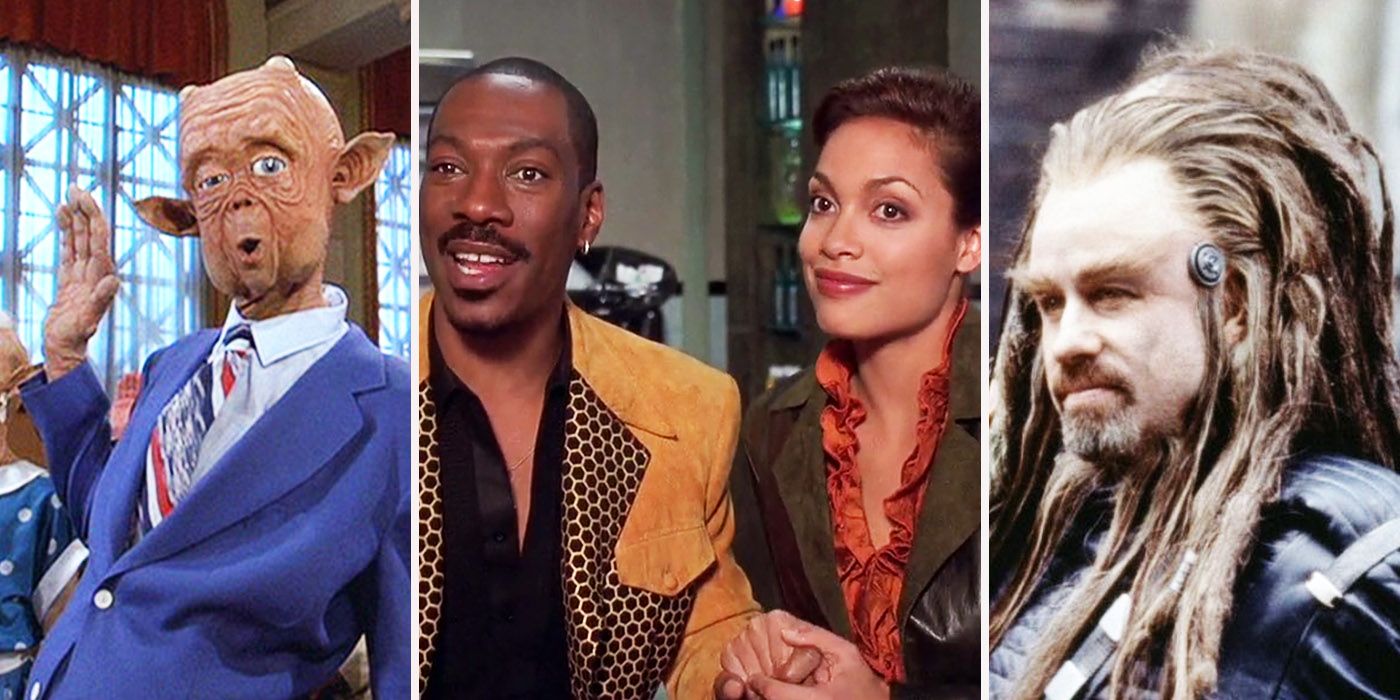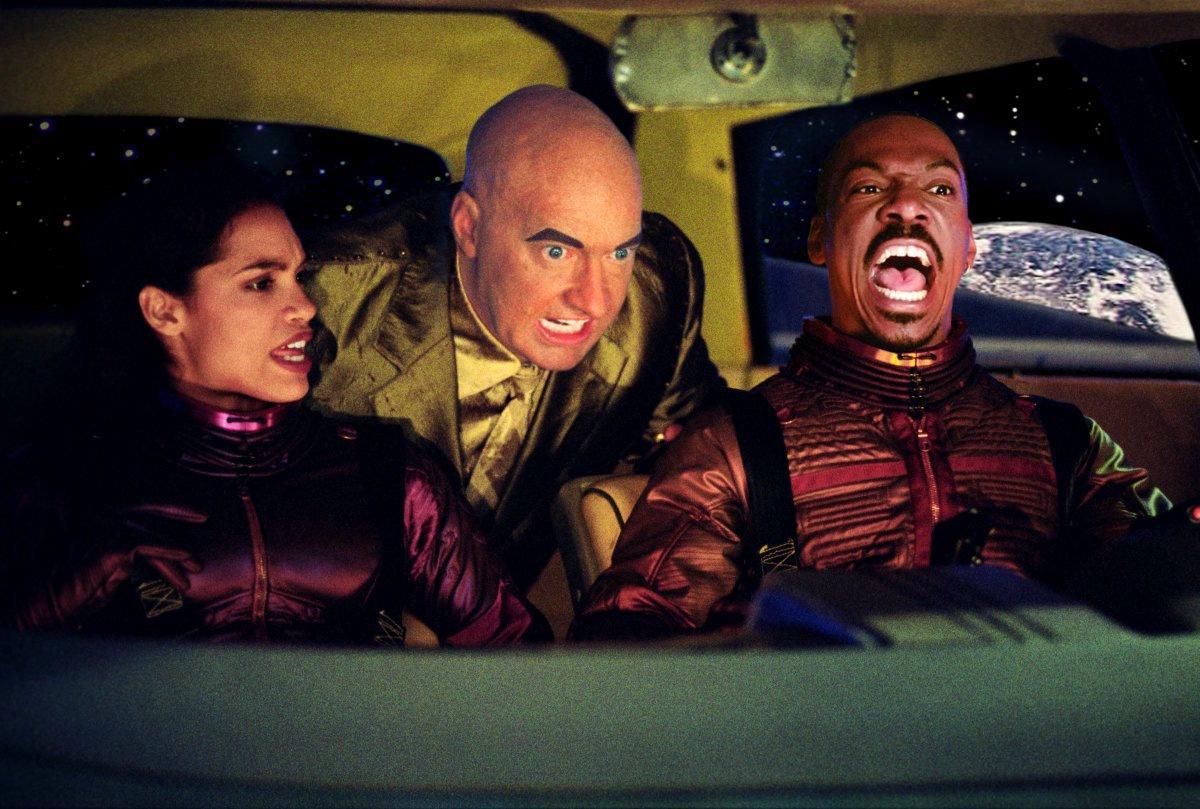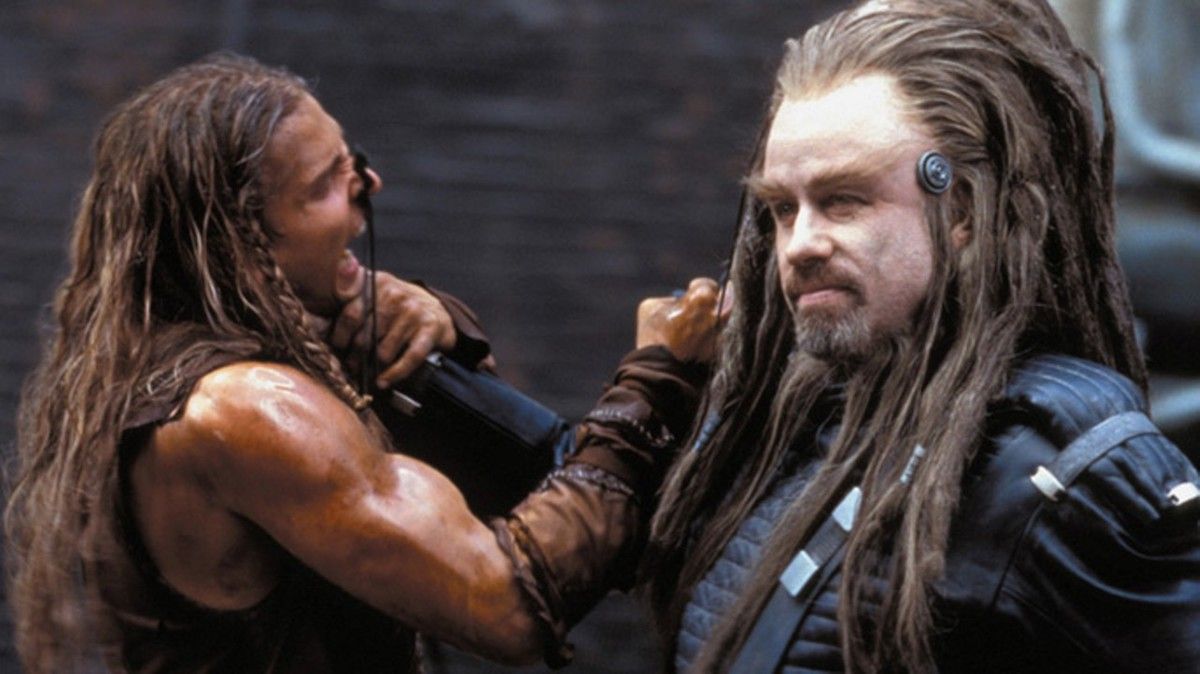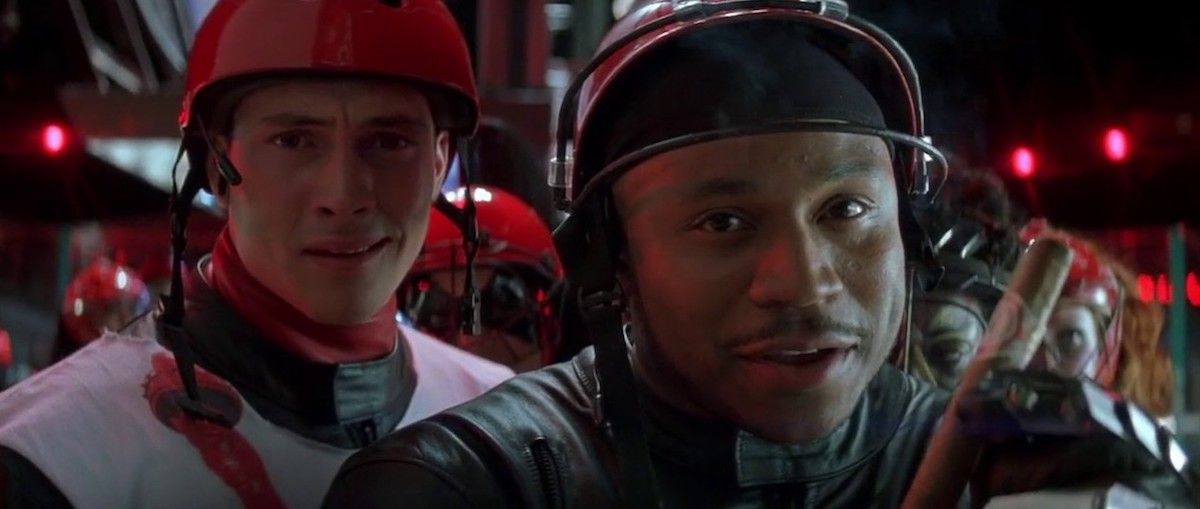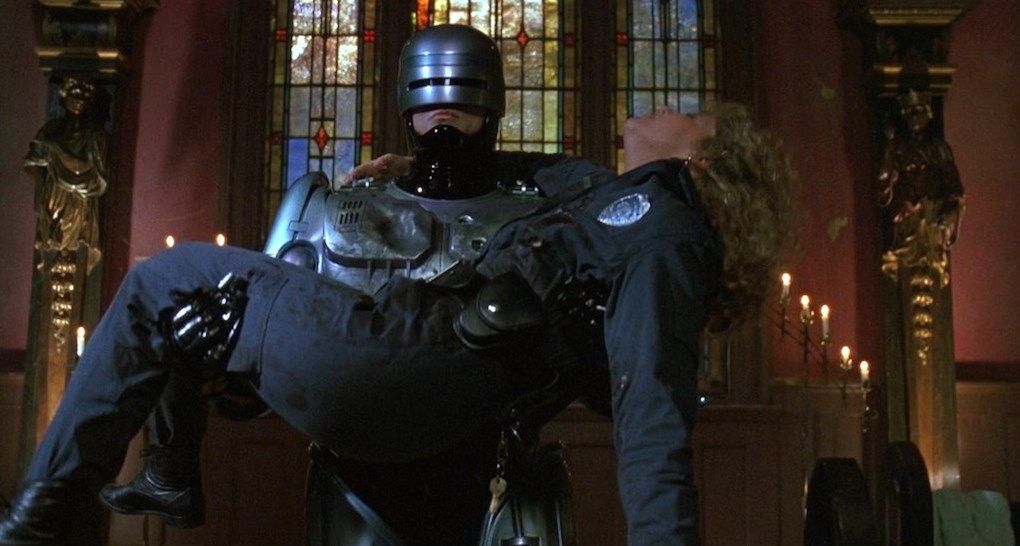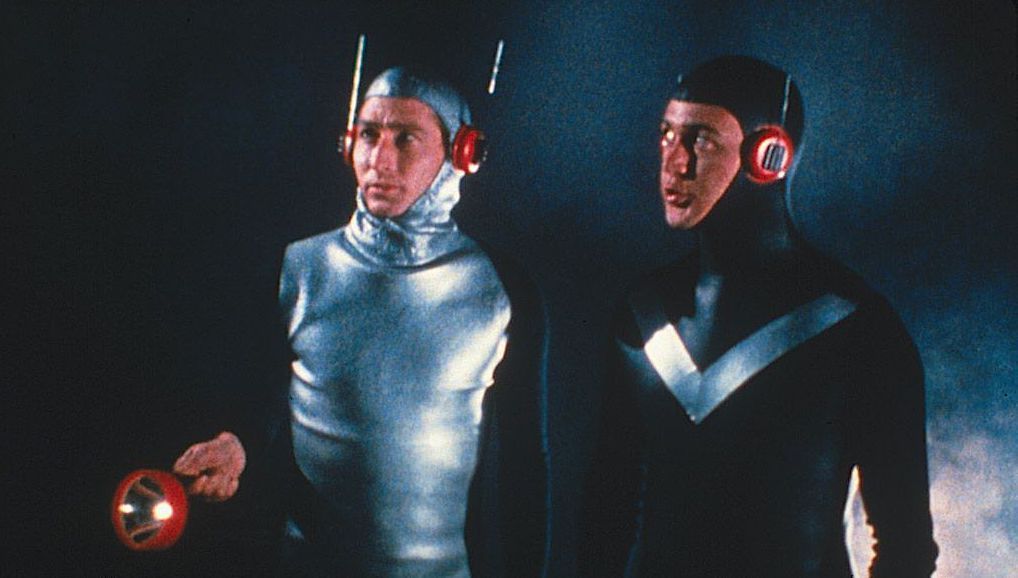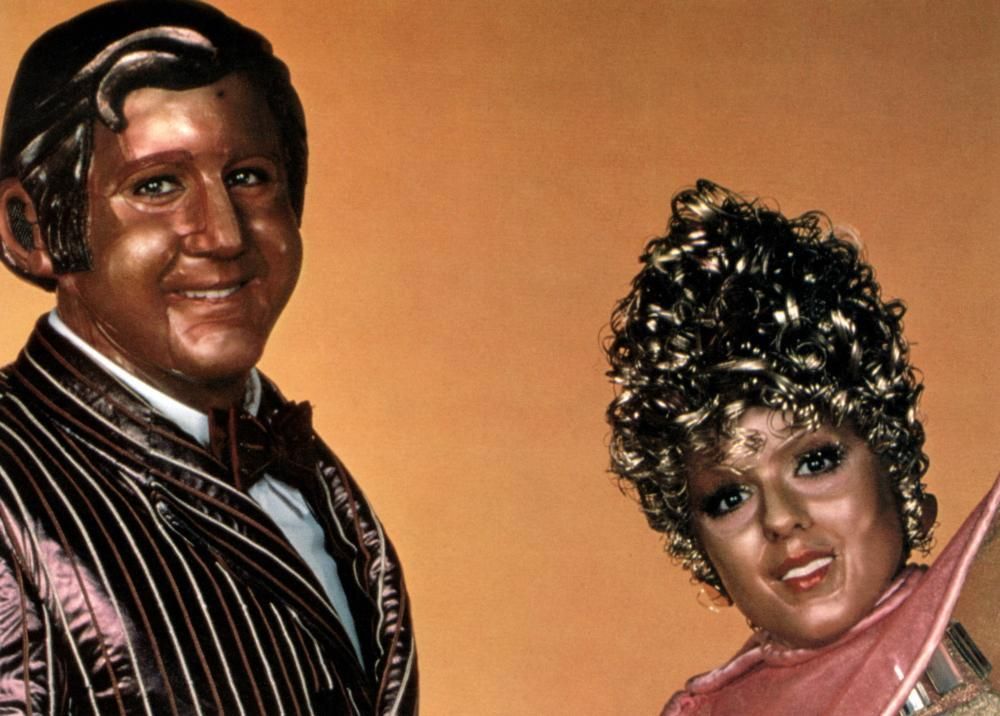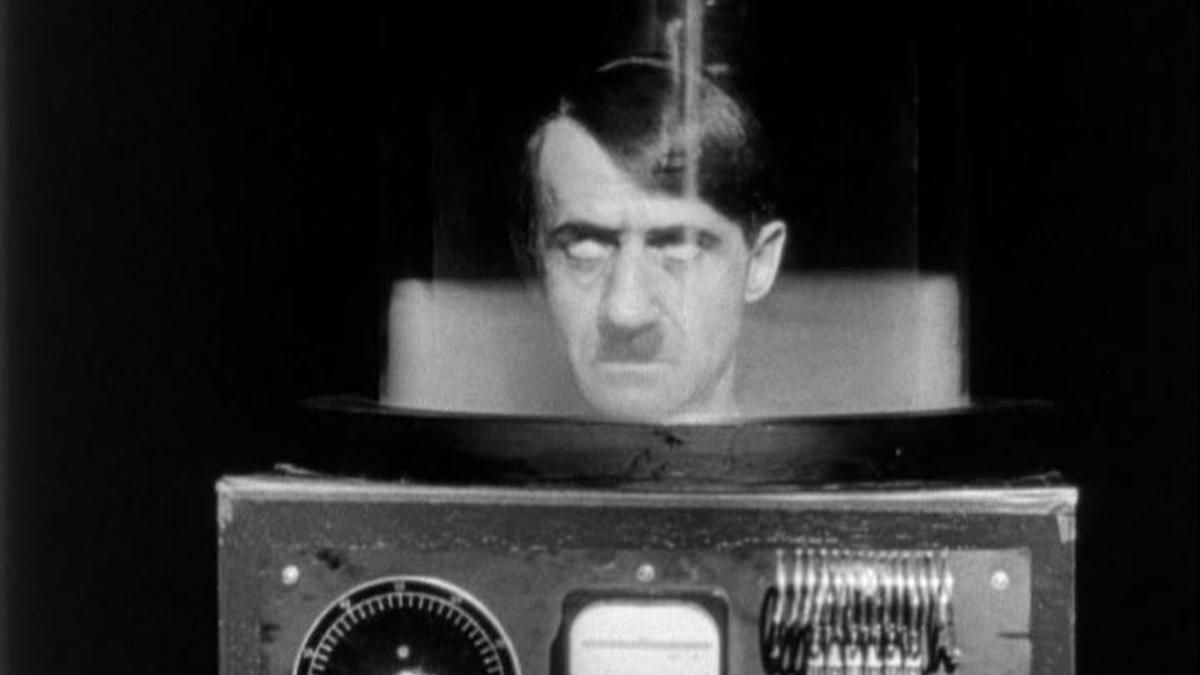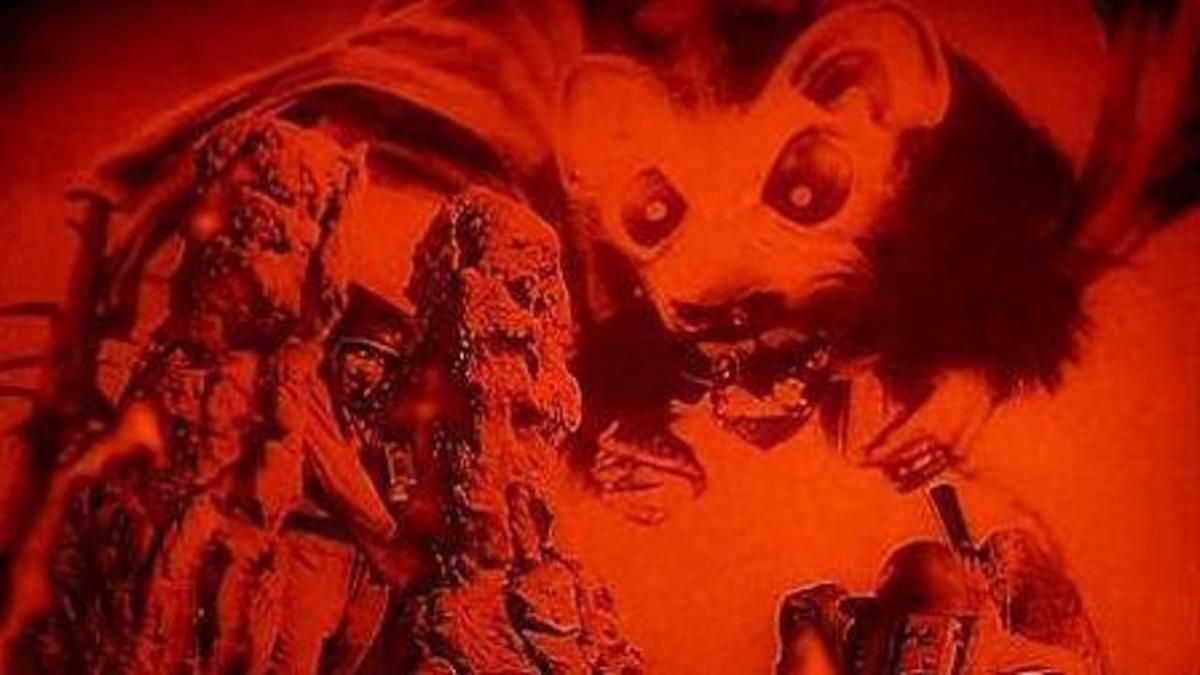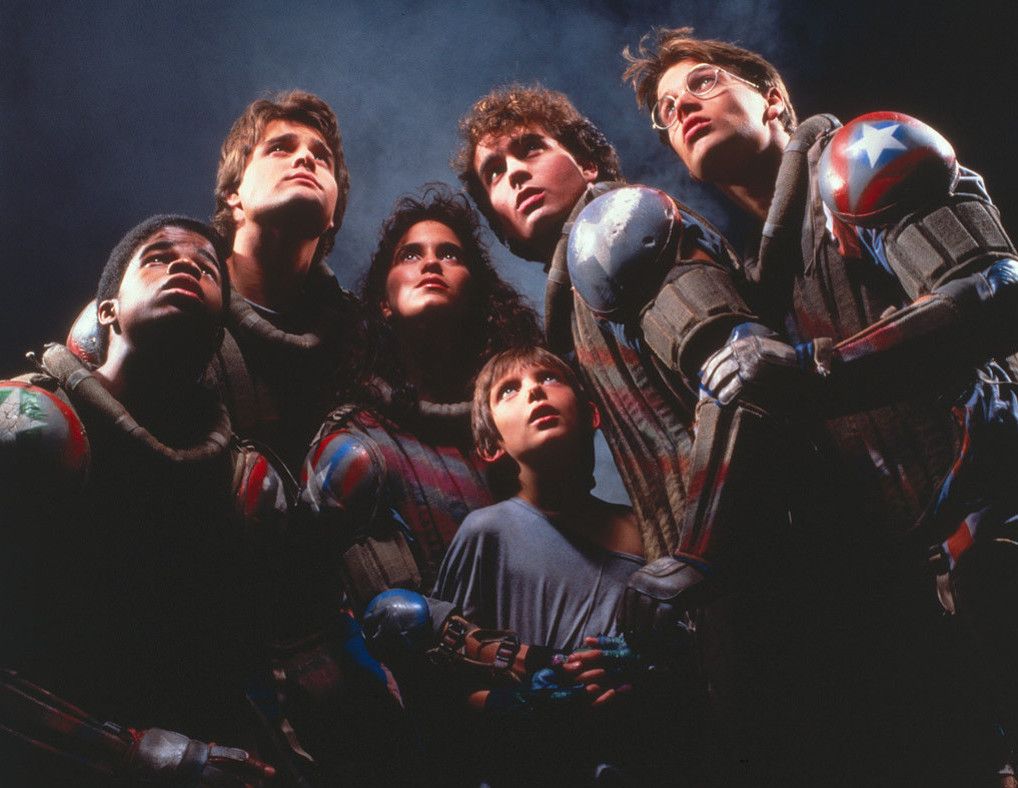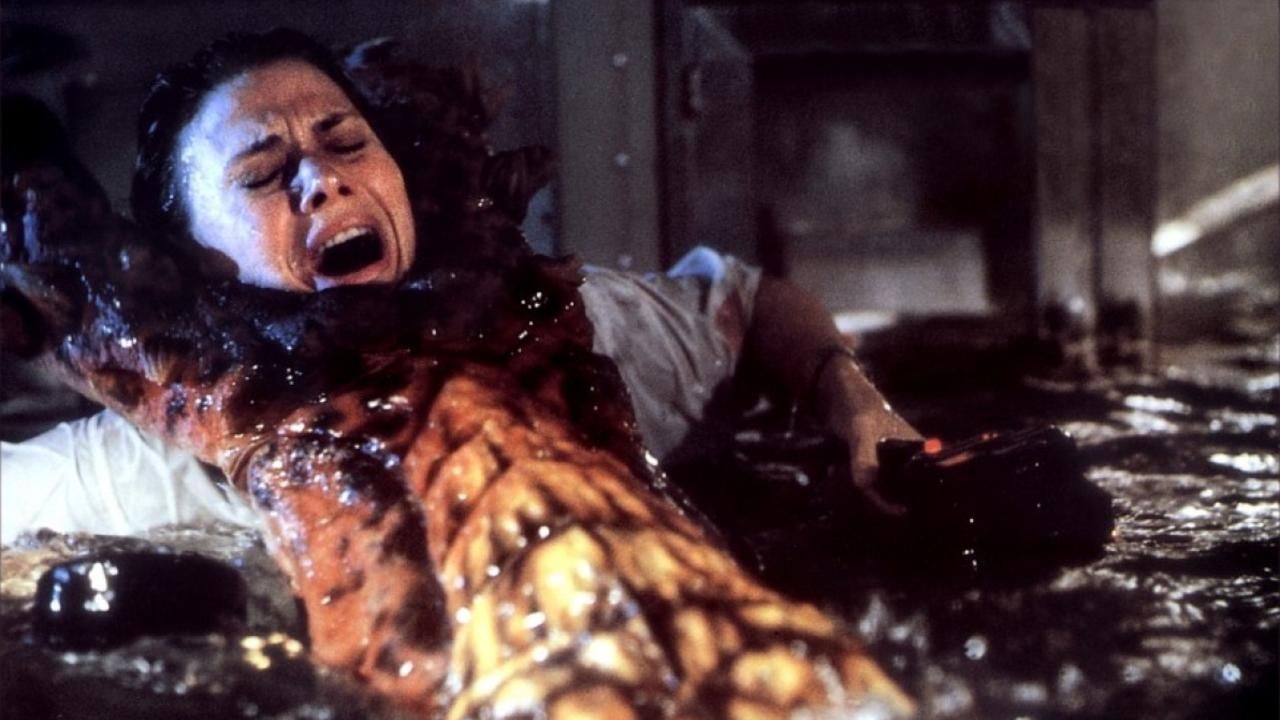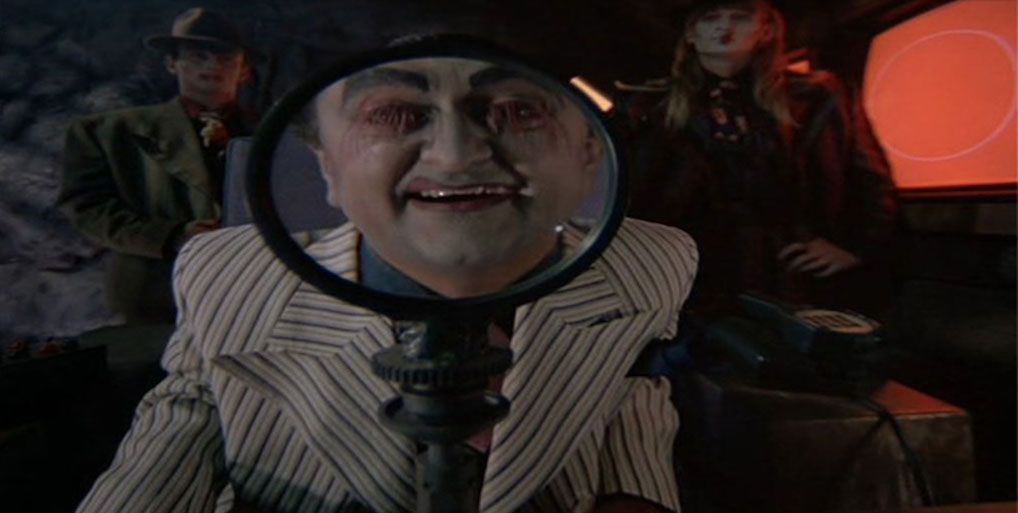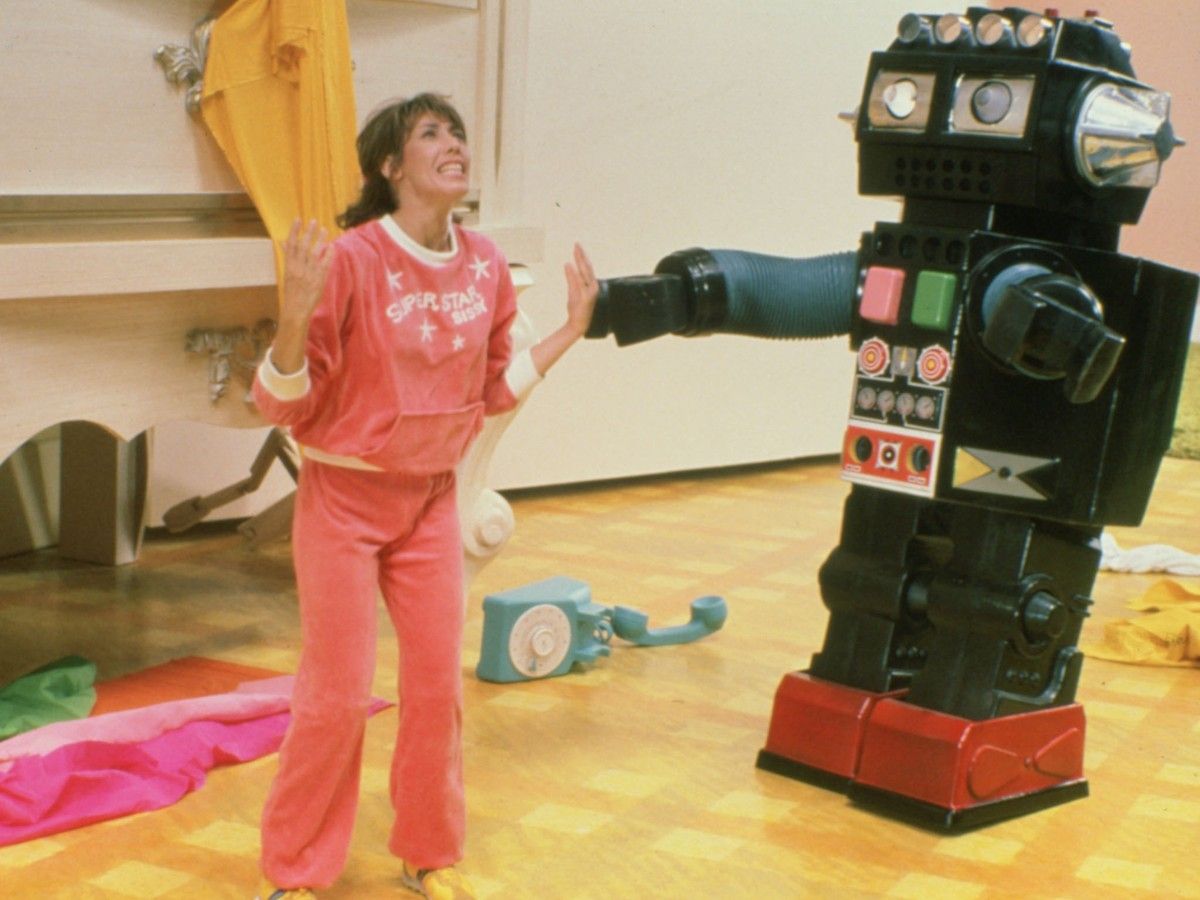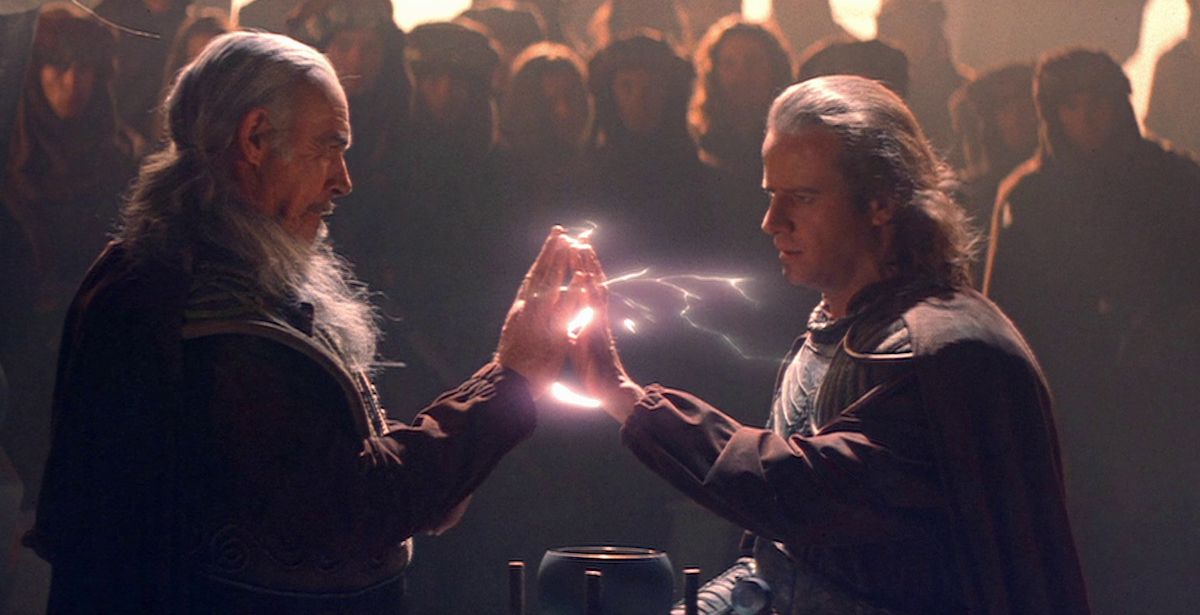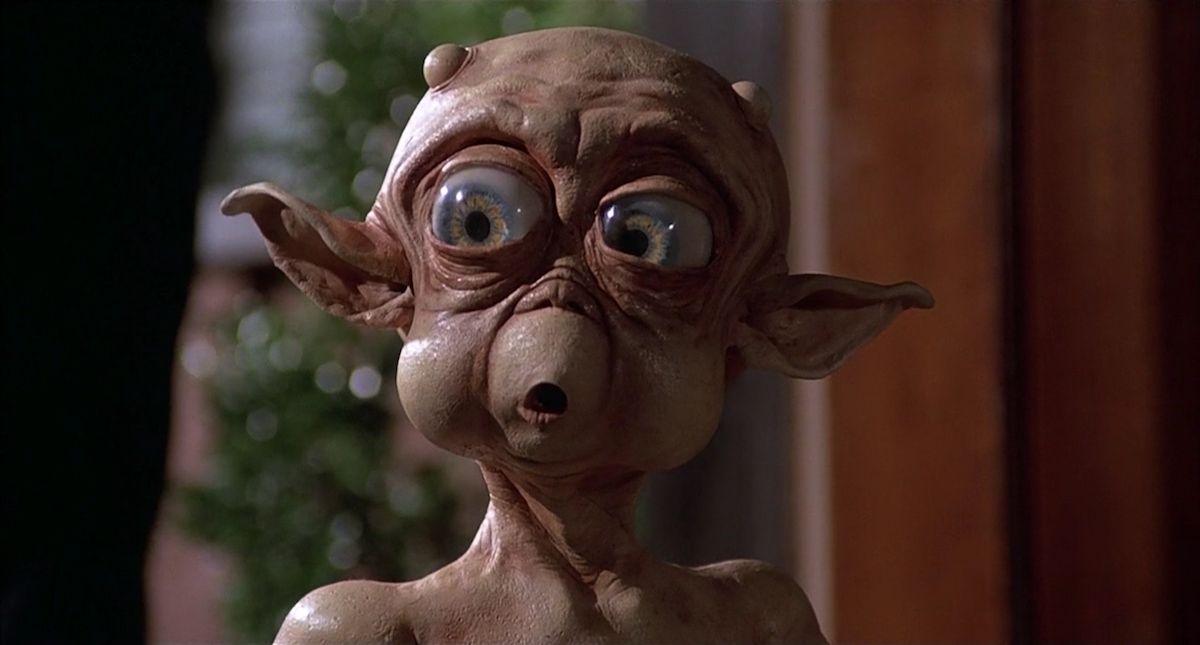It was arguably the science fiction genre that stretched the imaginations of early filmmakers.
As these motion-picture pioneers tinkered with this new medium, most felt that ordinary, everyday sights were fantastical enough to satisfy curious audiences. But French innovator Georges Méliès was an exception. Méliès, already an accomplished illusionist on the stage, decided that the sleight of hand that served him well in his magic shows could be similarly employed in cinema.
Méliès offered up some tricks in a few early horror films, yet it was 1902’s A Trip to the Moon, widely regarded as the first science fiction film, that served as the culmination of his efforts.
Following Méliès, more sci-fi flicks began to dot the landscape, but the genre didn’t truly explode until the 1950s and later, of course, enjoyed a newfound popularity with the release of 1977’s Star Wars. While the genre has given birth to a sizable number of classics, it has also witnessed a deluge of classic clunkers.
As always, the critical compilation site Rotten Tomatoes has offered an insight into which of these films can be tagged the worst of the worst. Some turkeys, like Plan 9 from Outer Space and Starcrash, fall into the so-bad-they’re-good camp and have thus disqualified themselves with random positive reviews. Others, however, haven’t been as fortunate.
Here, then, are The 15 Worst Science Fiction Movies Ever (According To Rotten Tomatoes).
THE ADVENTURES OF PLUTO NASH - 4%
This abysmal 2002 comedy remains one of the biggest box office bombs of the modern era, costing $100 million yet only managing a worldwide gross of $7 million.
Set in the year 2087, The Adventures of Pluto Nash stars Eddie Murphy as the title character, a former smuggler who’s accompanied by an aspiring singer (Rosario Dawson) and a horny robot (Randy Quaid) as he attempts to discover the identity of the gangster who destroyed his moon-based nightclub.
Imagine if the Total Recall sets had been placed in a fire sale, and you'll get an idea of the film's drab visual scheme. As for the comedy quotient, there are approximately two laughs to be found in the entire picture. That breaks down to $50 million per chuckle, which definitely is not a sound return on investment.
BATTLEFIELD EARTH - 3%
“Take Back The Planet,” blared the ads for 2000’s Battlefield Earth, but most viewers would be content just taking back the two hours they wasted on this sci-fi folly.
A misfire of enormous proportions, this adaptation of Scientology founder L. Ron Hubbard’s mammoth novel is set in the year 3000, long after an alien race from the planet Psychlo landed on Earth and wiped out most humans. One of the survivors, Jonnie Goodboy Tyler (Barry Pepper), eventually takes a stand against the extra-terrestrial invaders, but his efforts are repeatedly quashed by Psychlo security chief Terl (a laughable John Travolta, complete with hair extensions).
Not only did Battlefield Earth win seven prizes (including Worst Picture) at the 2000 Golden Raspberry Awards, it later picked up an additional Razzie in 2010 for Worst Picture of the Decade.
ROLLERBALL - 3%
Set in a future in which all violence has been outlawed except when played in the arena of a popular new sport, 1975’s Rollerball is frequently stuffy and ponderous, only coming alive during the alternately exciting and horrifying game sequences. Yet even with its flaws, it’s infinitely superior to this stupefying remake.
Chris Klein, LL Cool J, and Rebecca Romijn head the cast of 2002’s loud and garish Rollerball, a disastrous redo manically directed by former Die Hard helmer John McTiernan. This version is largely an overhaul — Starship Troopers and The King’s Speech seemingly have more in common with each other than this reworking does with the original — but somehow the changes have only made matters worse.
By stripping the tale of all sociopolitical context, this needless remake plays like nothing more than an incoherent, badly staged taping of some extreme-sports event.
ROBOCOP 3 - 3%
Sequels to excellent movies often disappoint, but pronounced feelings of downright depression set in when contrasting 1987’s RoboCop with the pair of sorry films that followed it. But while 1990’s RoboCop 2 has somehow managed to acquire a 32% rating on Rotten Tomatoes, 1993’s RoboCop 3 could only muster 3%.
Made in 1991 but held from release due to Orion Pictures’ bankruptcy woes, RoboCop 3 finds Robert John Burke replacing Peter Weller as the steel enforcer, here siding with the struggling masses against an evil conglomerate and its army of fascistic enforcers. While the R-rated RoboCop 2 was a bloodbath, this PG-13 offering is just bloodless, with an anemic script co-written by no less than Frank Miller.
Incidentally, while the sight of a flying RoboCop isn’t as offensive as the sight of a flying R2-D2, it still registers as an awful idea.
MARS NEEDS WOMEN - 0%
The tagline for 1967’s Mars Needs Women pretty much lays out the plotline in the era’s own hip lingo: “They Were Looking For Chicks … To Go All The Way!”
The nonsensical plot involves a group of Martians who land on Earth with the purpose of finding women who will accompany them back to their home planet. As it turns out, there are now only guys on the Red Planet, and they desperately need assistance in repopulating it.
Tommy Kirk, a former Disney teen star (Old Yeller, The Shaggy Dog), plays Dop, the leader of the Martians, while Yvonne Craig, on the verge of becoming Batgirl on TV’s Batman, co-stars as a scientist who catches Dop’s alien eye.
Produced with a theatrical release in mind, Mars Needs Women instead was sold directly to television, where its exposure allowed it to become a favorite of bad-movie buffs.
HEARTBEEPS - 0%
It’s common knowledge among film fans that the first picture to win the Best Makeup Oscar once it became a competitive category was 1981’s An American Werewolf in London. But which fellow nominee did it beat for the award?
That would be Heartbeeps, which may have been praised for the makeup designs created by Stan Winston (who would go on to win four Oscars for such hits as Aliens and Jurassic Park) but was otherwise soundly trashed by critics.
Comedians Andy Kaufman and Bernadette Peters star as ValCom and AquaCom, two domestic robots who, after falling in love, decide to escape their indentured existences and raise a baby robot together.
Best known at the time for his role as Latka Gravas on TV’s popular Taxi, Kaufman was expected to make the jump to movie star with Heartbeeps. Instead, it bombed commercially as well as critically.
THEY SAVED HITLER’S BRAIN - 0%
Before there was They Saved Hitler’s Brain, there was Madmen of Mandoras.
Filmed primarily during the 1950s but not released until 1963, Madmen of Mandoras tells the story of a group of Nazi scientists who have the severed — but still living! — head of Adolph Hitler in their possession and plan to use it to bring the Nazis back to power.
Although it was filmed by the great cinematographer Stanley Cortez (Orson Welles’ The Magnificent Ambersons, Charles Laughton’s Night of the Hunter), Madmen of Mandoras came and went without much notice — at least until 1968, when a bunch of college students shot about 15 minutes of new footage (which failed to match the older footage in content or form, but never mind) and sold it as the 1968 feature They Saved Hitler’s Brain.
Critics were amazed that the added scenes somehow made a bad film even worse.
THE ANGRY RED PLANET - 0%
The 1959 sci-fi flick The Angry Red Planet was just one of many films from the decade that found astronauts tentatively exploring surrounding planets. What made this one different was that it was filmed in “Cinemagic,” which was ballyhooed as a revolutionary new technique but instead died a fairly quick death.
While all the scenes set on Earth or in the spaceship were filmed normally, the Cinemagic technique was applied to the sequences taking place on Mars. In addition to blending animation with live action, it also added a reddish tint to all the otherworldly scenes, not only to make them more eerie but also to help disguise the low-budget effects used to create the planet’s inhabitants. These included a scowling, multi-eyed alien and a towering spider-rat hybrid.
Alas, reviewers found little magic in either Cinemagic or in the movie itself.
SOLARBABIES - 0%
While everyone knows Mel Brooks as the brilliant writer-director of such comedy classics as Young Frankenstein and Blazing Saddles, he was also responsible for the release of several prestige pictures during the 1980s. It was his studio, Brooksfilms, that backed such award-winning works as David Lynch’s The Elephant Man and David Cronenberg’s The Fly. Yet amidst all the acclaimed efforts, there remains the stain known as Solarbabies.
A puerile post-apocalyptic yarn, this 1986 debacle centers on a band of rollerskating orphans who live in a desert wasteland. When the youngest member (Lukas Haas of Witness) discovers a glowing orb with mystical powers, the kids do their best to keep it away from the fascists in charge.
A troubled production ultimately resulted in a $25 million budget – a figure made all the more painful after the movie grossed less than $2 during its brief theatrical run.
DEEPSTAR SIX - 0%
Let’s be fair. The 1989 chiller DeepStar Six has been often described as a rip-off of The Abyss, but the truth is that it was released before James Cameron’s Oscar-winning effort.
In fact, DeepStar Six was the first of several underwater epics that came out in 1989, an assemblage that also included Leviathan, Roger Corman’s Lords of the Deep, and — yes — The Abyss.
Directed by Friday the 13th creator Sean S. Cunningham, DeepStar Six adheres strongly to the Alien blueprint (in fact, its tagline was “Not All Aliens Come From Space”). The 11 members of an underwater facility come into contact with a sea creature that proceeds to eviscerate them at will.
With such a generic plot and subpar effects, critics quickly realized there was nothing new under the sun — or under the sea, as the case may be.
ALIEN FROM L.A. - 0%
The team of Menahem Golan and Yoram Globus was legendary in the 1980s for releasing scores of low-budget flicks through their outfit Cannon Films, but even such turkeys as Invasion U.S.A., Breakin' 2: Electric Boogaloo, and the Death Wish sequels look like sparkling gems in their filmography when compared to 1988’s Alien from L.A.
This incomprehensible eyesore follows nerdy Wanda Saknussemm (Kathy Ireland) as she goes searching for her archaeologist father and ends up in the underground city of Atlantis. It probably goes without saying that Ireland, the former supermodel here making her film debut, isn’t exactly convincing as a socially inept wallflower.
Barely released to theaters in 1988, Alien from L.A. was quickly rescued from obscurity when it was featured a mere five years later on an episode of Mystery Science Theater 3000.
THE INCREDIBLE SHRINKING WOMAN - 0%
Long hailed as one of the best science fiction films of its era, 1957’s The Incredible Shrinking Man took a startlingly mature and philosophical approach to its subject of a man who grows exponentially smaller with each passing day. All such existential explorations were jettisoned for 1981’s The Incredible Shrinking Woman, which was conceived as a straightforward comedy with mirthful mayhem replacing the metaphysics.
Lily Tomlin stars in a handful of roles, the primary one being a housewife who starts to shrink after she’s exposed to household chemicals. She soon becomes a media darling, but she’s also forced to contend with evil scientists who want to discover her secret so they can shrink everyone and take over the world.
A modest box office performer, The Incredible Shrinking Woman was dismissed by critics for failing to adequately take advantage of its high-concept hook.
MEGAFORCE - 0%
With E.T. The Extra-Terrestrial laying waste to most of the competition during the summer of 1982, such superb sci-fi efforts as Blade Runner and The Thing underperformed with both audiences and critics. They had to wait years to receive their proper due. No such reevaluation has been required for that summer’s premier camp outing, the megaflop known as Megaforce.
With its futuristic storyline, desert setting, and emphasis on vehicular action, this brings to mind the Mad Max template — an unfortunate comparison since Megaforce opened in theaters just weeks after The Road Warrior hit our shores.
Barry Bostwick (Brad in The Rocky Horror Picture Show) stars as Ace Hunter, who, armed with his spandex jumpsuit and ridiculous hair, leads an elite group of commandos into battle against a military outfit led by Ace’s former BFF (Henry Silva).
Backed by various toy tie-ins, a video game, and even an outline for a sequel, Megaforce was primed to be a major hit. Instead, its utter failure quickly turned it into a punchline.
HIGHLANDER II: THE QUICKENING - 0%
Released in 1986, Highlander centers on Duncan MacLeod (Christopher Lambert), a 16th century Scottish warrior who learns he's immortal and can only be killed by having his head lopped off.
With an irresistible premise and an engaging turn by Sean Connery as a garrulous Immortal who befriends MacLeod, it’s easy to see why the film quickly became a beloved cult hit — and why 1991’s Highlander II: The Quickening is so despised by the loyal fan base.
Completely contradicting much of what transpired in the original film, this laughable sequel claims that the Immortals are actually aliens who hail from the planet Zeist. This also allows for Connery’s character, who was beheaded in Highlander, to now return in Obi-Wan Kenobi mode.
Lambert and director Russell Mulcahy both despised the finished product, and the backlash by fans was so pronounced that future series installments completely ignored what occurred in this one and instead picked up where the original left off.
MAC AND ME - 0%
A movie that continues to live in infamy, 1988’s Mac and Me is generally considered the worst of the E.T. The Extra-Terrestrial rip-offs that flooded the film scene in the 1980s. It’s not surprising to note that it holds a 0% on Rotten Tomatoes — it’s unequivocally awful.
After an alien tyke gets stranded on Earth, a wheelchair-bound boy (Jade Calegory) adopts him, christens him Mac (“Mysterious Alien Creature”), and proceeds to carry out his constitutional duty by whisking the inquisitive alien to the nearest McDonald’s. There, an impromptu dance party breaks out while Ronald McDonald makes a nuisance of himself.
While half of Mac and Me plays like a McDonald’s commercial, the other half unspools like a Coca-Cola ad. For the record, it turns out that the only thing on Earth that can resurrect a dying alien is a swig of Coke. No, really.
---
Have you seen any of these "rotten" sci-fi flicks? What did you think? Let us know in the comments!

